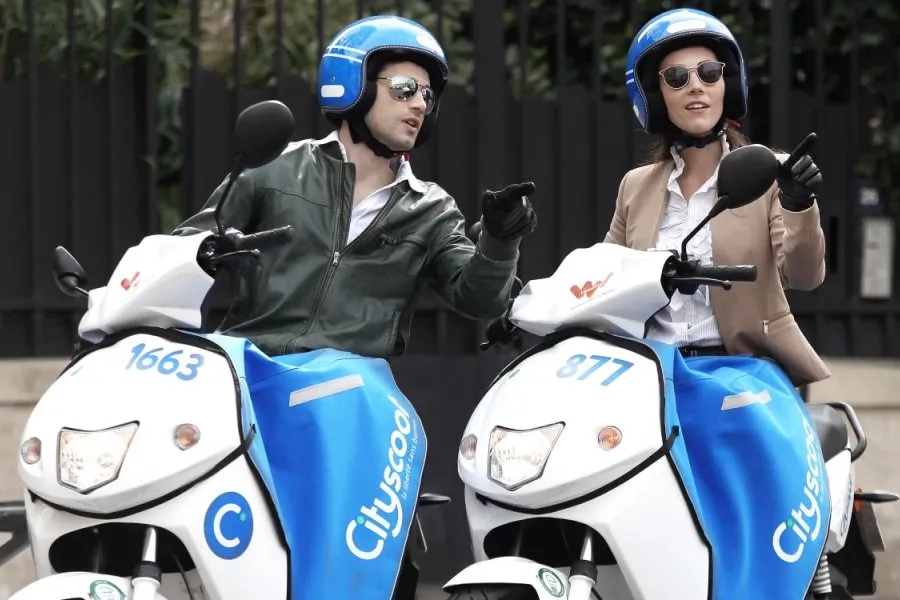Business Users and Developers Are the Main Opportunities for AI PCs
AI is coming to the PC, but Apple and NVIDIA already have a lock on creative and gaming users, says a new Omdia report.

According to a new market research report by Berg Insight, the scootersharing fleet is forecasted to grow from 14,400 vehicles worldwide in 2017 to more than 2.6 million vehicles in 2023. Today the market consists of traditional sit-down electric scooters and stand-up electric scooters.
Scootersharing services that use traditional scooters was the most popular in 2017, but stand-up scooter operators have scaled their services rapidly during 2018. The deployed fleet in traditional scootersharing services is anticipated to reach 233,000 vehicles at the end of 2023. The fleet of stand-up scooters is anticipated to outnumber the traditional scooters by a factor of ten at the end of the forecast period.
Scootersharing operators offer access to scooters that are spread across cities. Usage is typically billed by the minute or by distance driven with rates that include fuel/charging, parking, insurance and maintenance. The scootersharing operators have their own street team or utilise a network of partners that ensure that the scooters have fuel or are charged and are serviced on a regular basis. New technologies in the form of telematics systems and smartphones are key enablers of scootersharing services.
“Leading traditional scootersharing operators include ECooltra, Muving, Coup, CityScoot and Blinkee.city“, said Martin Svegander, IoT Analyst at Berg Insight. During 2017-2018, new services comprising stand-up scooters were introduced. The leading operators in this segment include Bird, Lime, Spin and Skip. As free floating models are the most popular operational model for scootersharing companies, many operators have faced issues when rolling out the services in cites, sometimes without the cities’ permission.
“Stand-up scootersharing companies are today facing similar regulatory hurdles as ridehailing companies did when scaling their services“, said Mr. Svegander. Today cities need to approve pilot projects and award licences that for example limit the number of stand-up scooters allowed on the streets. “If operators of stand-up scootersharing services overcome regulatory hurdles, improve the robustness of vehicles as well as attract new riders, the stand-up scootersharing market can potentially grow significantly in the upcoming years“, concluded Svegander.